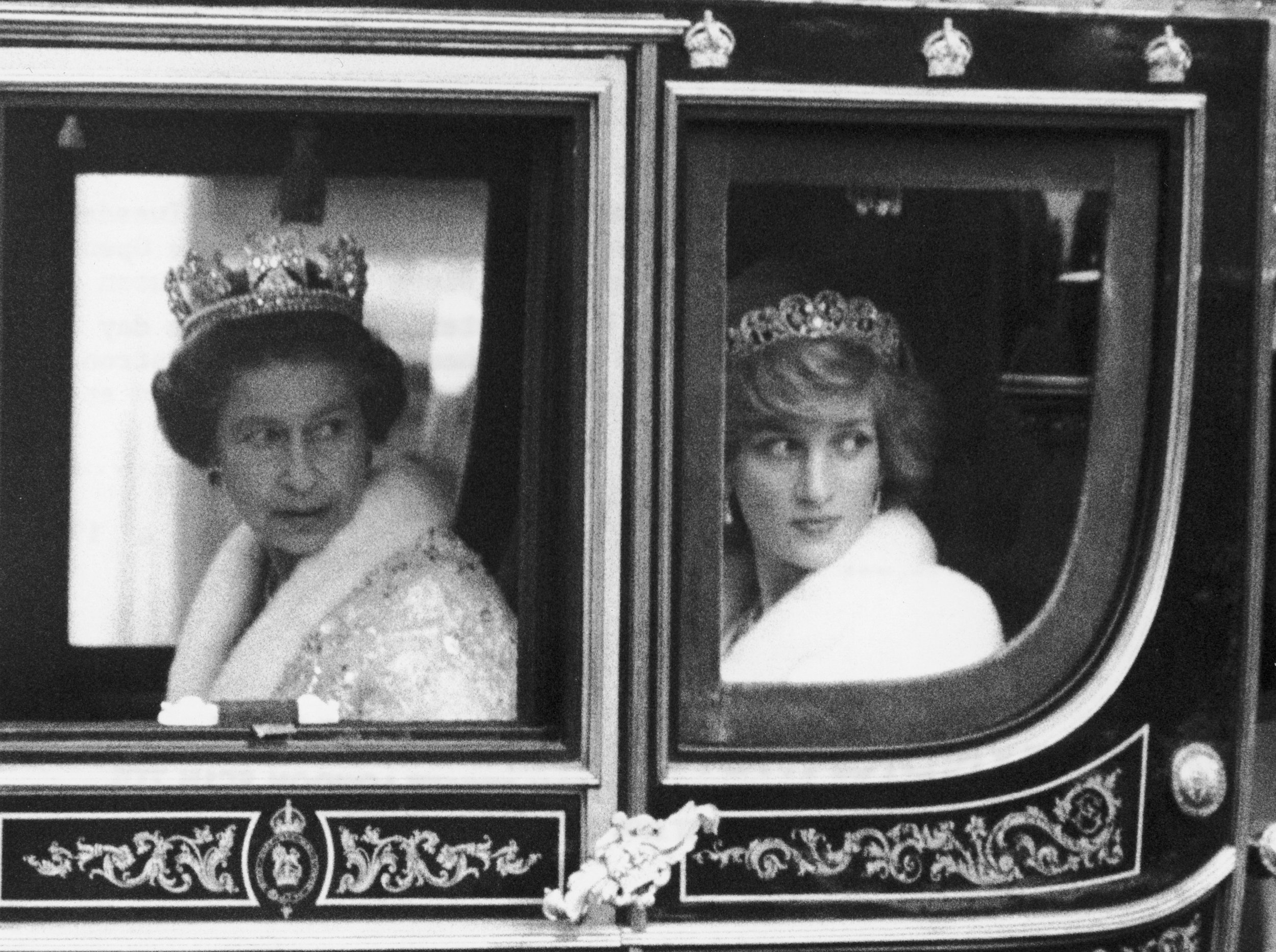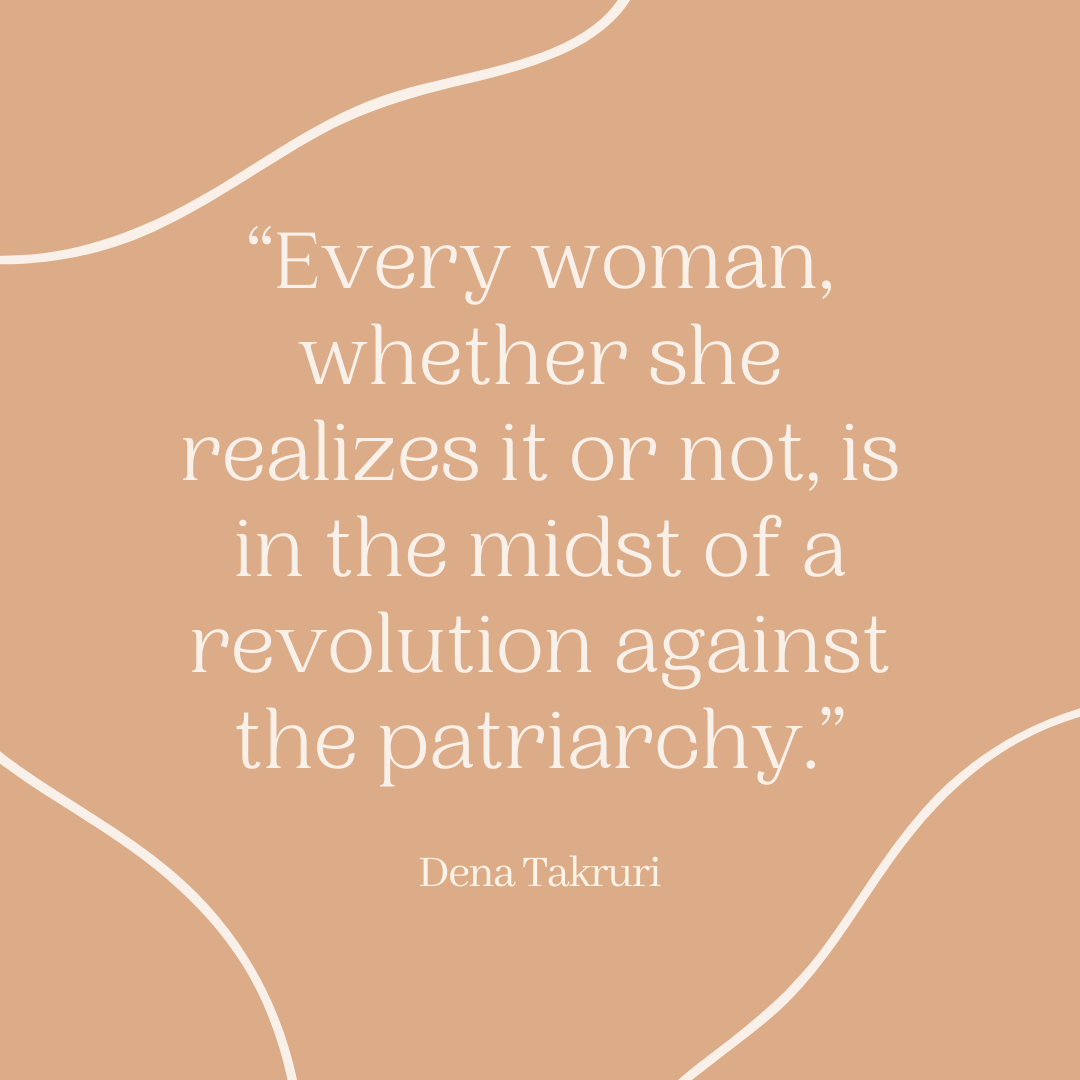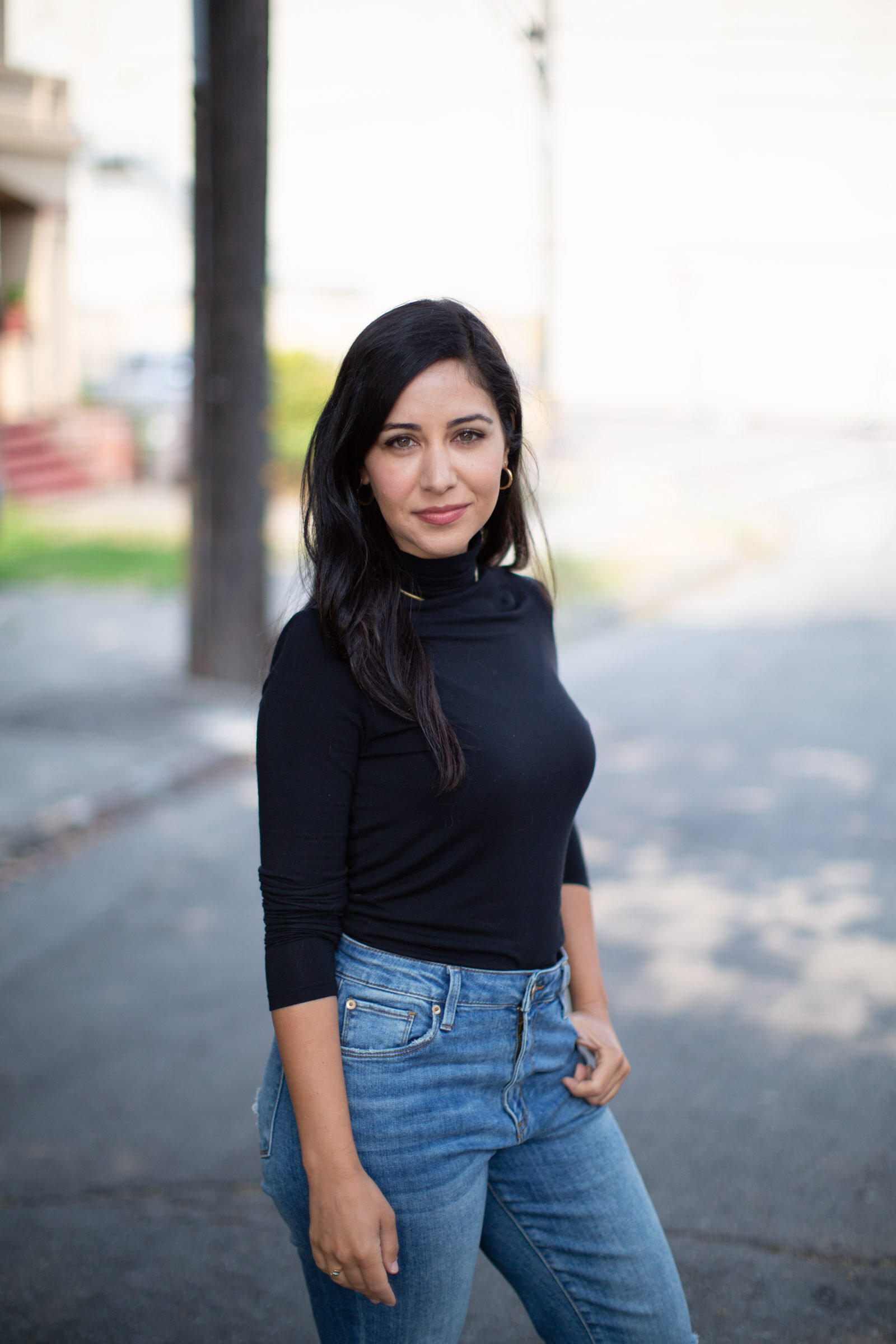By Ariel Neidermeier
The Queen and Princess Diana on the way to the State Opening of Parliament. 4th November 1982. Trinity Mirror, Mirrorpix. Alamy Stock Photo.
Every family has a rebel, and in the British royal family, they often wear heels. The British Royal Family looks very different than it did four decades ago when Diana Spencer famously married Prince Charles in a royal wedding fit for a fairytale. Today, there is a new generation of royals bringing Princess Diana’s legacy of vulnerability, honesty and humanity into the future and reshaping the definition of what it means to be royal in the process.
A faltering institution
A 1,200 year old institution. A family marred by rupture. Once a symbol of immense power, historical traditions and rulership over a vast global empire — the image of the British monarchy has shifted to one of familial disputes and shocking exposés. The shift has been dramatic and accelerating ever since Princess Diana walked down the aisle to marry into the family in 1981. With hindsight, we can see clearly that Princess Diana was a young but modern woman who would struggle within the confines and strict expectations of an old and outdated institution whose cracks would soon be showing to the world. These cracks were not her fault, but were inevitable, and she was just the one who drew the spotlight to the situation.
Since Queen Elizabeth’s death last September - she was clearly the superglue to the whole operation - support for the monarchy has declined from 62% to 58%. What’s more, a recent survey from the National Center for Social Research found that while 55% of the British public consider the monarchy to be important, those who say that its retention is ‘very important’ stood at just 29%, the lowest proportion on record.
With Queen Elizabeth’s death has also come a renewed focus on the monarchy’s colonial legacy. Many of the countries of the 15 realms recognized as the Commonwealth have revived discussion of referendums to seek independence from the United Kingdom. This includes Australia, Jamaica, Antigua and Barbuda. Also, New Zealand — whose former Prime Minister Jacinda Ardern said shortly after the Queen’s death that she was certain a referendum would occur during her lifetime.
It seems the late Queen Elizabeth II’s historically high popularity was a uniting force behind the Commonwealth — and, high it was. In fact, the last poll conducted before the Queen’s death found that 81% of people held her in positive regard — a rate that remained consistent for more than a decade. In contrast to his mother, King Charles III’s popularity currently sits at 55%.
The late Princess of Wales follows her sons Prince Harry (right), five years old, and Prince William, seven, on Harry's first day at the Wetherby School in Notting Hill, West London. September 15, 1989. PA Images. Alamy Stock Photo.
The women who have changed the monarchy
While no royal has surpassed the late Queen Elizabeth when it comes to popularity, some have challenged her when it comes to fame. First and foremost, the late Princess Diana, who even 25 years after her death remains more popular than both her former husband and the monarchy. And, after Princess Diana? Arguably — the Duchess of Sussex, Meghan Markle.
According to research conducted by Bonus Insider, the Duchess of Sussex is the most searched member of the Royal Family on Google, even surpassing the King by over 20 points. Following in the footsteps of her iconoclastic mother-in-law, Markle’s fame has not been built from flowing praise and popularity. From her outsider roots to her unwavering support for modern social causes, the Duchess of Sussex is paving a new path of royalty — one that her husband Harry, the Duke of Sussex, is striding resolutely by her side on.
The People’s Princess
To understand the iconoclasm of Harry and Meghan, one must remember their forerunner: Diana Spencer, Princess of Wales. Arguably, no royal member since King Edward VIII — who abdicated the throne in 1936 to marry American divorcée Wallis Simpson — changed the course of the House of Windsor more than Princess Diana.
With Diana came a new vision of royalty and frankly a harsh reality check on this old institution. Her infamous 1995 BBC interview in which she openly discussed her struggles with postpartum depression, bulimia, and her husband’s affair with Camilla Parker Bowles forever changed the public’s perception of the Windsors. No longer were they invincible members of a royal class. Through Diana’s brave discussion of her own struggles, she brought a sense of humanity and global sympathy for her situation.
But her trailblazing reformation of the House of Windsor didn’t stop there. Diana also used her fame to support provocative social causes. In 1987, as the HIV/AIDS epidemic gripped the world with fear, misinformation and homophobia, Princess Diana opened the UK's first purpose built HIV/AIDS unit that exclusively cared for patients infected with the virus at London Middlesex Hospital. At the opening of the unit, she shook the hand of a man suffering from the illness, publicly challenging the notion that HIV/AIDS was passed from person to person by touch. This simple but revolutionary use of the press confronted the rampant homophobia and stigmatization of HIV/AIDS patients — and made Princess Diana a champion of gay rights in the process.
The Duke and Duchess of Sussex
Harry and Meghan’s love story has been well documented from the beginning. But, the difference between the story told by the press and the story they would later tell in their Netflix docuseries Harry & Meghan illuminates the chasm between what the public sees of the royal family and what happens behind palace doors.
After the mistreatment and isolation Diana faced by the institution, Meghan’s initial acceptance by the Royal Family seemed to right past wrongdoings. With the Royal Family’s acceptance of Meghan — a previously divorced, half-Black, American actress from a middle class family — came a refreshing image of a monarchy finally embracing the modern world. But, Meghan’s treatment by the press quickly revealed the entrenched systems of oppression still present within the institution and the media relationships that support it. As revealed in Netflix’s Harry & Meghan, as well as the Duke and Duchess of Sussex’s astonishing interview with Oprah Winfrey in 2022, many of the stories pitched to the press about Meghan were inaccurate or used to distract from unfavorable stories about more senior members of the Royal Family. This “invisible contract” with the Royal Rota, a pool of UK outlets with exclusive access to coverage of the royal family, is a relationship Diana also struggled with and which — many would argue — would lead to her untimely death.
But, the racial overtones of the press coverage dedicated to Meghan seemed to highlight even more insidious trends. Over time, race would become a major factor in the relationship between Meghan and the tabloids, which would fuel harmful stereotypes with headlines declaring she was “(almost) straight outta Compton.” Critics have said the media’s treatment of Meghan, which contrasted starkly to the often positive coverage given to her sister-in-law Kate Middleton, the Duchess of Cambridge, is at least partly explained by a lack of newsroom diversity in the UK. Regardless, it was the Royal Family's lack of protective response that highlighted the systemic inner workings of the institution's dependence on the press.
The New Royals
The Duke and Duchess of Sussex arrive at City Hall in Dusseldorf, Germany for the Invictus Games Dusseldorf 2023 One Year to Go event. Picture date: Tuesday September 6, 2022. PA Images. Alamy Stock Photo.
After the Duke and Duchess of Sussex announced they would be stepping down from their positions as senior members of the Royal Family in January 2020, they began charting a new course of what being royal in the modern world looks like. Much like Diana did during her separation from the institution in the 1990s, Harry and Meghan have revealed their experiences with the inner workings of the British Monarchy in high profile interviews with the press — going against the Royal Family’s motto of “never complain, never explain”.
They’ve also taken measures to stand up to the press both publicly and legally. Harry and Meghan have filed at least seven lawsuits against British and U.S. media organizations since 2019 for alleged breaches of privacy, unlawful practices and false stories against them and their family. They also openly discuss the press’ aggressive tactics. In May, the couple spoke publicly about their experience in a "near catastrophic car chase" with paparazzi on their way home from attending an awards ceremony in New York City. It’s clear the Duke and Duchess of Sussex are not backing down — either from speaking openly about their treatment by the Royal Family or the press organizations that keep them relevant.
Finally, Harry and Meghan are making good on their commitment to upholding Diana’s legacy through their philanthropic work and social causes. Since its founding in 2020, the couple’s Archewell Foundation has raised $13 million and donated $3 million to philanthropic causes, including donating to the construction of a play park in Uvalde, Texas; procuring 12.6 million COVID vaccines in partnership with Global Citizen; rescuing over 7,400 people from Afghanistan in partnership with Human First Coalition, and providing 50,000 meals through a partnership with World Central Kitchen.
Harry has also emerged as an enthusiastic and committed ally for feminist and social justice issues. In fact, both he and Meghan were awarded the Robert F. Kennedy Human Rights organization’s 2022 Ripple of Hope award for their activism on racial justice and mental health. Harry has also continued to be involved in supporting the Invictus Games, an international adaptive sport competition for wounded servicemen, women and veterans. Meghan’s stardom, social capital and feminist power seem just beginning to blossom, with her creativity and bold leadership a source of inspiration for many across the globe.
A Defiant Legacy
Through their open discussion of their experiences and legal defiance of the press — Meghan and Harry are taking Diana’s legacy of vulnerability, humanity and freedom into the modern world. While the future of the monarchy is uncertain, one thing is clear: Harry and Meghan’s rise as influential players on the world’s stage will continue to reveal the fragility of the monarchy in the face of King Charles’ unpopular reign and modern expectations and demands for freedom.
About the Author - Ariel Neidermeier (she/her) is a first generation Filipina-American writer educated in journalism at Emerson College and international relations at the University of California, San Diego. She lives in the San Francisco Bay Area.















